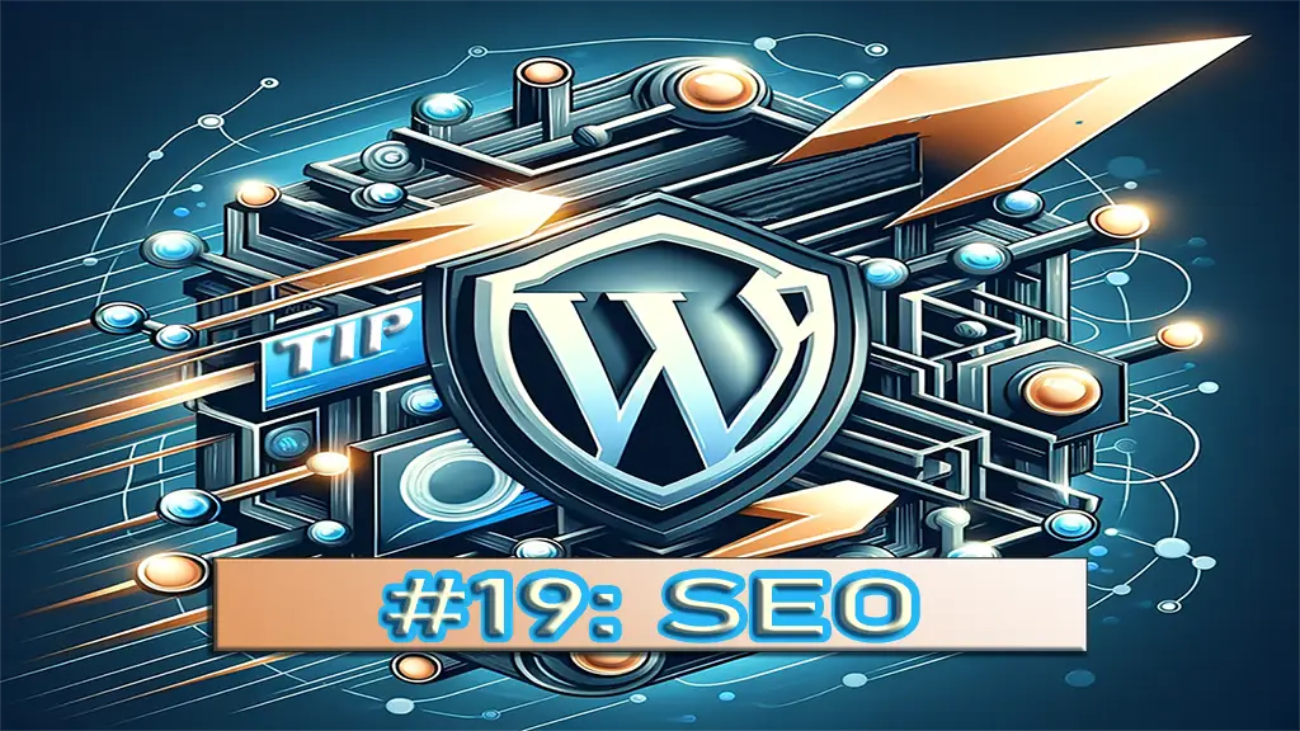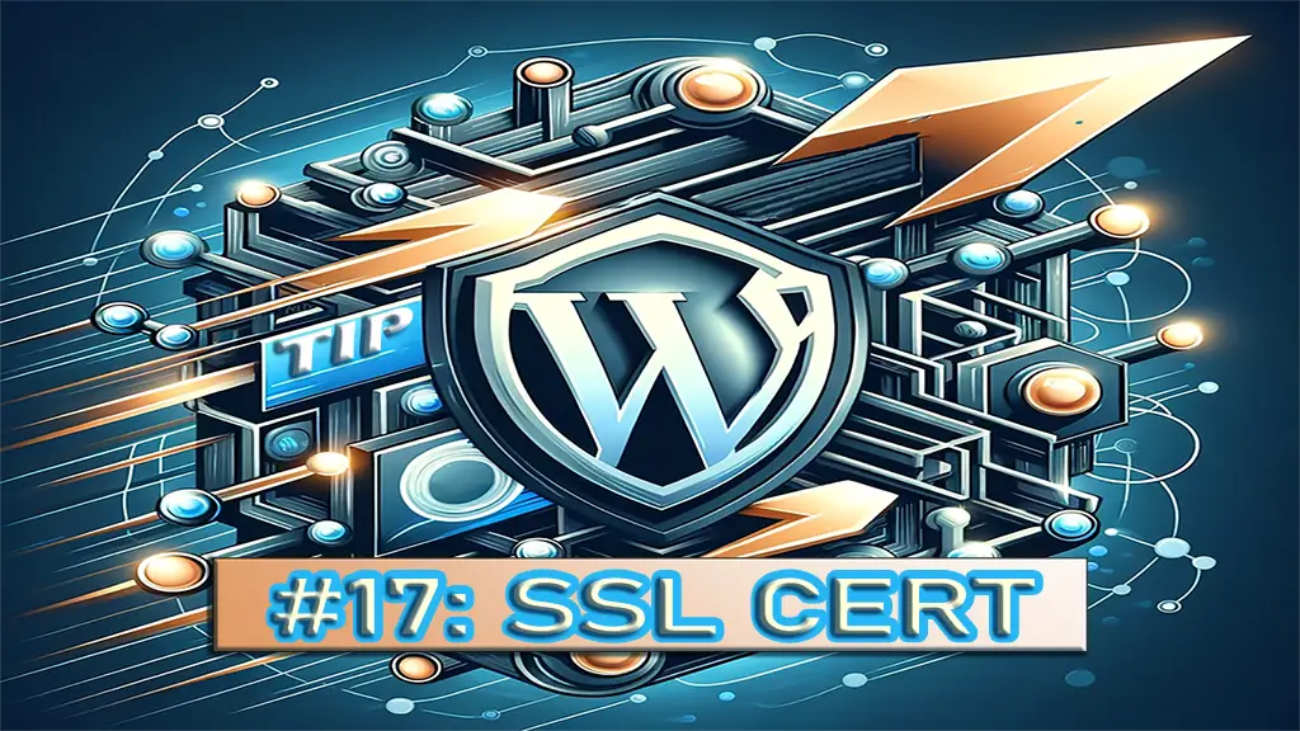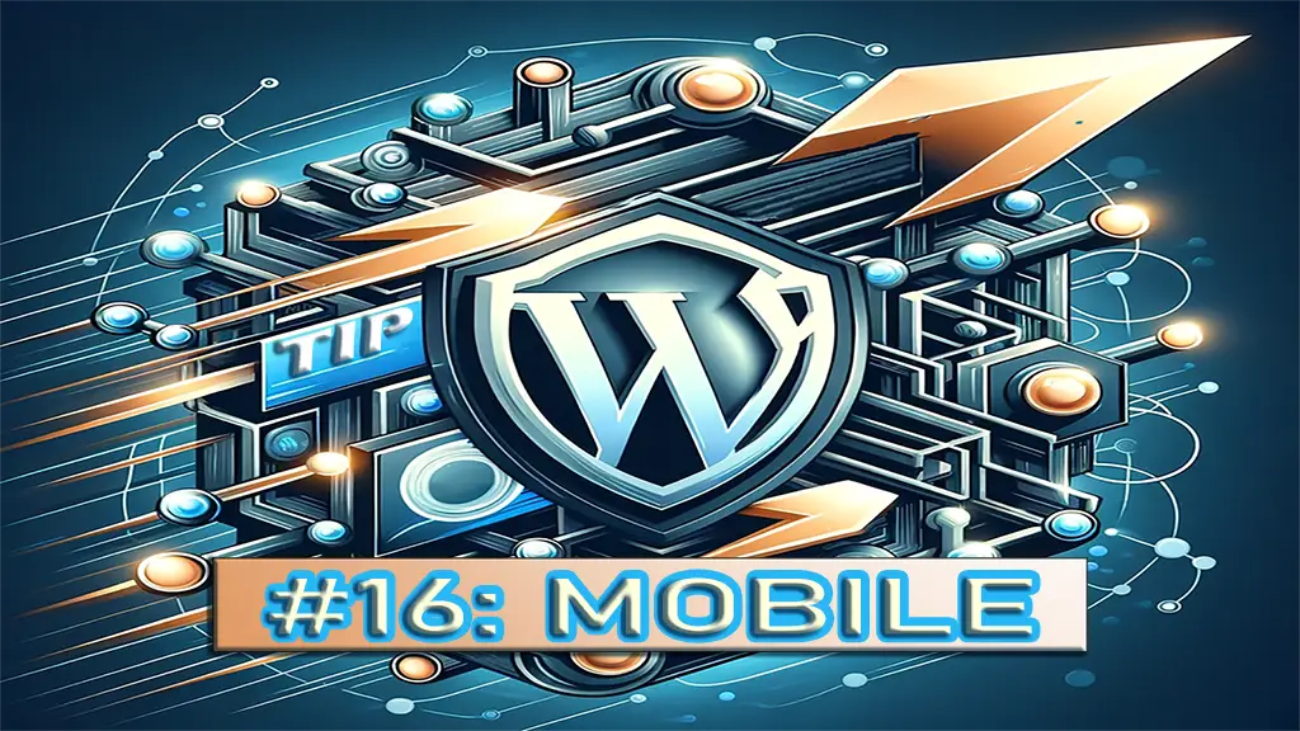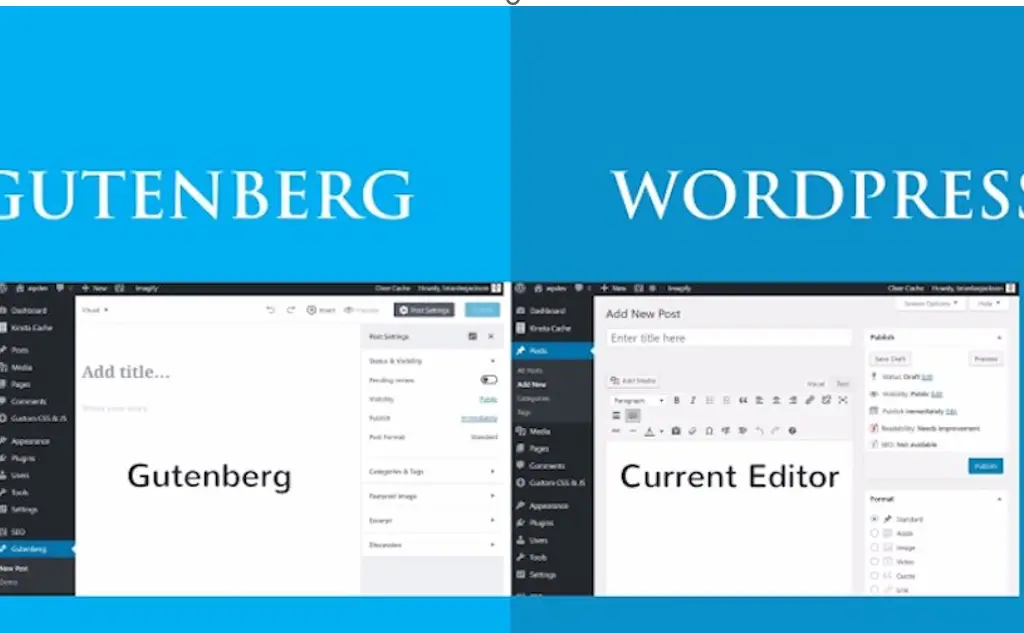In today’s age it’s essential to ensure your website is optimized for search engines. With the internet serving as the go to platform, for information and shopping establishing a presence is key. Mastering SEO (Search Engine Optimization) can have an impact on your business by increasing traffic improving user experience and boosting visibility online.
SEO encompasses strategies and tactics designed to enhance your websites visibility on search engine results pages (SERPs). This involves optimizing your content, structure and performance to align with search engine algorithms. By doing your website becomes more appealing to search engines like Google resulting in rankings in search results.
One of the advantages of SEO is driving traffic. Unlike paid advertising that can be expensive and term organic traffic is sustainable and cost effective in the term. Visitors who discover your site through searches are often more engaged and likely to convert leading to a return, on investment (ROI).

Improving user experience is another element of SEO. “Search engines give preference to websites that provide a pleasant user experience. This involves having a fast-loading website, a design that’s friendly easy, to use navigation and top-notch content. By focusing on these aspects, you not enhance your search engine rankings. Also offer visitors a better experience, potentially increasing engagement prolonging visit durations and boosting conversion rates.
Improving your visibility through SEO also involves establishing credibility and trust with your audience. Websites that rank high in search results are often viewed as reliable and authoritative. Maintaining rankings can help solidify your brands reputation as a leader in your field attracting more potential customers and business opportunities.
This detailed guide delves into the significance of SEO, its numerous advantages and how it can significantly impact the growth and success of your business. We will explore areas such as keyword research optimizing on page elements, technical SEO practices, building quality backlinks and developing a content strategy. Furthermore, we will touch upon the trends.
Recommended approaches, in SEO to ensure that your website stays competitive in today’s rapidly changing digital environment. By grasping and applying SEO tactics you can position your business for success expand your market presence and outperform competitors. In today’s era it’s crucial for both small business owners and marketing experts to excel in SEO to succeed.
The Importance of SEO for Websites
Having SEO also known as Search Engine Optimization is really important to make sure that your website shows up well on search engines. By optimizing your site, you make sure that search engines rank your site higher on their results pages, which helps more people find it. When your site is easy to find on search pages potential customers are more likely to come across it of similar sites. Additionally effective SEO means improving parts of your website like content keywords, website structure and links to create a rounded strategy, for boosting your online presence.
Benefits of SEO for Businesses
SEO provides benefits, for businesses, such as boosting traffic enhancing user satisfaction and increasing conversion rates. By optimizing your websites SEO you can make it simpler for potential customers to discover your business leading to sales opportunities and fostering trust in your brand.
Moreover SEO plays a role in establishing brand credibility; users tend to have confidence, in websites that rank higher on search engine results pages. The enhancement of site speed, mobile responsiveness and user friendly navigation – all components of SEO strategies – contributes to a superior user experience that prompts visitors to spend more time on your site and interact more actively with its content.
SEO Significance in Digital Marketing
SEO plays a role, in marketing strategies. By tuning content using keywords and securing top positions on search engine results pages (SERPs) businesses can effectively connect with their target audience resulting in increased engagement and conversion rates. Implementing SEO tactics ensures that your website stands out in search results when potential customers search for products or services related to your business ultimately boosting the chances of attracting and converting visitors.
Additionally, SEO complements marketing initiatives like content marketing, social media marketing and pay per click advertising by ensuring that all online efforts align seamlessly. For example, quality SEO friendly content can enhance your content marketing endeavors by making your blog posts, articles and other content more visible to search engine users.
Similarly integrating SEO with social media marketing can extend the reach of your content as social media interactions and shares can have an impact on your sites SEO. Moreover, SEO improves the effectiveness of pay per click (PPC) advertising by enhancing your websites quality score potentially reducing costs, per click and securing ad placements. The collaboration, between SEO and PPC can improve how you allocate your marketing budget ensuring you get the most out of your marketing investments.
Essentially SEO forms the core of a marketing plan laying the groundwork for other marketing strategies to flourish. By refining your website for search engines, you establish an online presence that reinforces and enhances your overall marketing objectives.
SEO guarantees that your digital marketing initiatives are coherent, interconnected and ultimately more impactful in driving traffic, interactions and conversions. Moreover, a planned SEO approach can yield advantages by positioning your brand as an industry authority fostering sustained organic growth and increased visibility, over time.”
SEO and E-commerce: A Perfect Match
SEO holds importance, for e commerce websites as it plays a role in attracting more visitors and boosting sales. In today’s marketplace having a strong SEO strategy is essential for ensuring that your products are easily discoverable, in search results thereby increasing the chances of converting visitors into customers. Additionally optimizing product pages enhancing website structure and improving mobile user experience all work together to create a shopping journey that can greatly enhance sales and customer satisfaction.
The Role of SEO in Business Growth
The influence of SEO, on the growth of a business is significant as it boosts the visibility and credibility of the brand. Achieving rankings in search engines can result in leads and customers, which ultimately drives business growth and solidifies your position in the market.
Additionally, SEO offers results that allow companies to adjust their strategies based on data and performance indicators. This flexibility enables businesses to stay ahead of industry trends and competitors. Consistent SEO efforts also contribute to growth by ensuring a flow of organic traffic, which is crucial, for long term success.
Additional Insights on SEO
For businesses aiming to attract customers focusing on SEO is essential. This involves optimizing your website so it shows up in search results, which helps draw in visitors and boosts foot traffic to physical stores.
Local SEO tactics include claiming and optimizing your Google My Business profile ensuring all your business details are correct, on directories and encouraging customer feedback. Additionally creating content tailored to the area and using keywords can increase your visibility in the community attracting more customers from the region.
When it comes to SEO it goes beyond content and keywords to concentrate on enhancing the technical aspects of your website like speed, mobile compatibility and secure connections (HTTPS). These elements have an impact on where you show up in search engine results pages (SERPs).
Making sure your website has organized code setting up a XML sitemap and speeding up server response times are key parts of technical SEO. Resolving issues like links, duplicate content and crawl errors can enhance how search engines index your site ultimately improving its performance and ranking.
A solid content strategy is crucial for SEO, as high quality content that’s relevant is key. Continuously updating your website with content that addresses what your audience wants and questions can help boost your search rankings while keeping visitors engaged.
This approach involves conducting, in depth keyword research to discover the terms that your potential customers are looking for and smoothly integrating these keywords into your content. Moreover using a variety of content formats like articles, videos, visual aids and podcasts can cater to audience preferences. Boost user engagement. Ensuring that your content is well organized, educational and valuable can help establish your website as an authority in your field.
Analytics and Reporting; Making use of tools such as Google Analytics and Search Console assists in monitoring your SEO performance. These insights empower you to make informed decisions to enhance your strategy further. Tracking metrics like traffic, bounce rate, conversion rate and keyword rankings offers an insight into how well your site is performing.
Additionally setting objectives and observing user actions on your website can uncover areas, for improvement and growth opportunities. Regularly analyzing this data enables you to tune your SEO approaches address any issues promptly. Consistently improve the visibility and effectiveness of your site.
Further Reading about SEO
1. Moz: The Beginner’s Guide to SEO
2. Search Engine Land: What is SEO
3. Google Search Central: Search Engine Optimization (SEO) Starter Guide
4. Ahrefs SEO Basics: Beginner’s Guide to SEO Success
5. Backlinko: SEO Techniques That Actually Work in 2023
By leveraging these resources and integrating their insights into your strategy, you can optimize your site for search engines effectively and ensure your business thrives in the competitive digital landscape.
Need WordPress Help?
If you’re looking to enhance your website and avoid the hassle of managing WordPress, 2X Sales is here to assist. Our skilled team specializes in creating custom mobile friendly WordPress designs that reflect your brands identity and effectively engage your audience. Take a look, at our WordPress web design services to see how we can enhance your presence. Don’t wait longer, get in touch with us today and start the journey, towards a more mobile friendly, lively and successful website. Lets collaborate to unleash the potential of your WordPress site. Contact us.
















